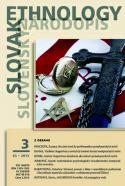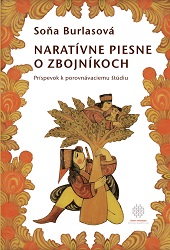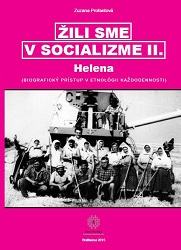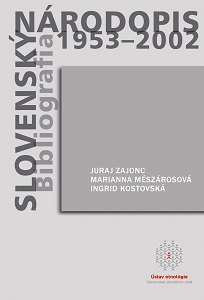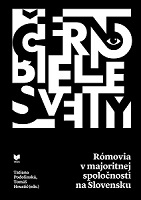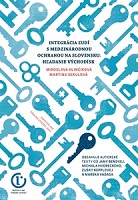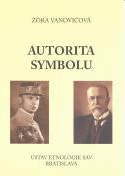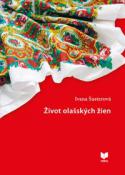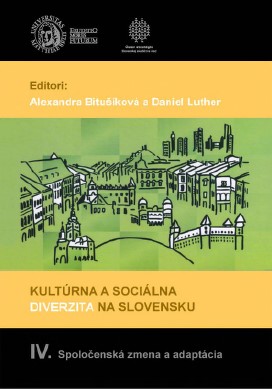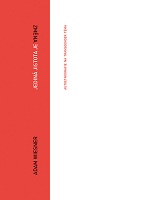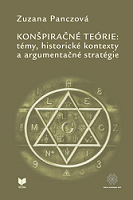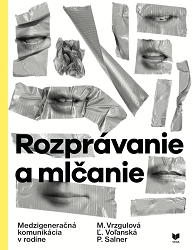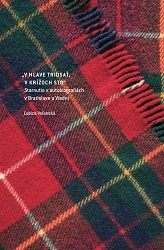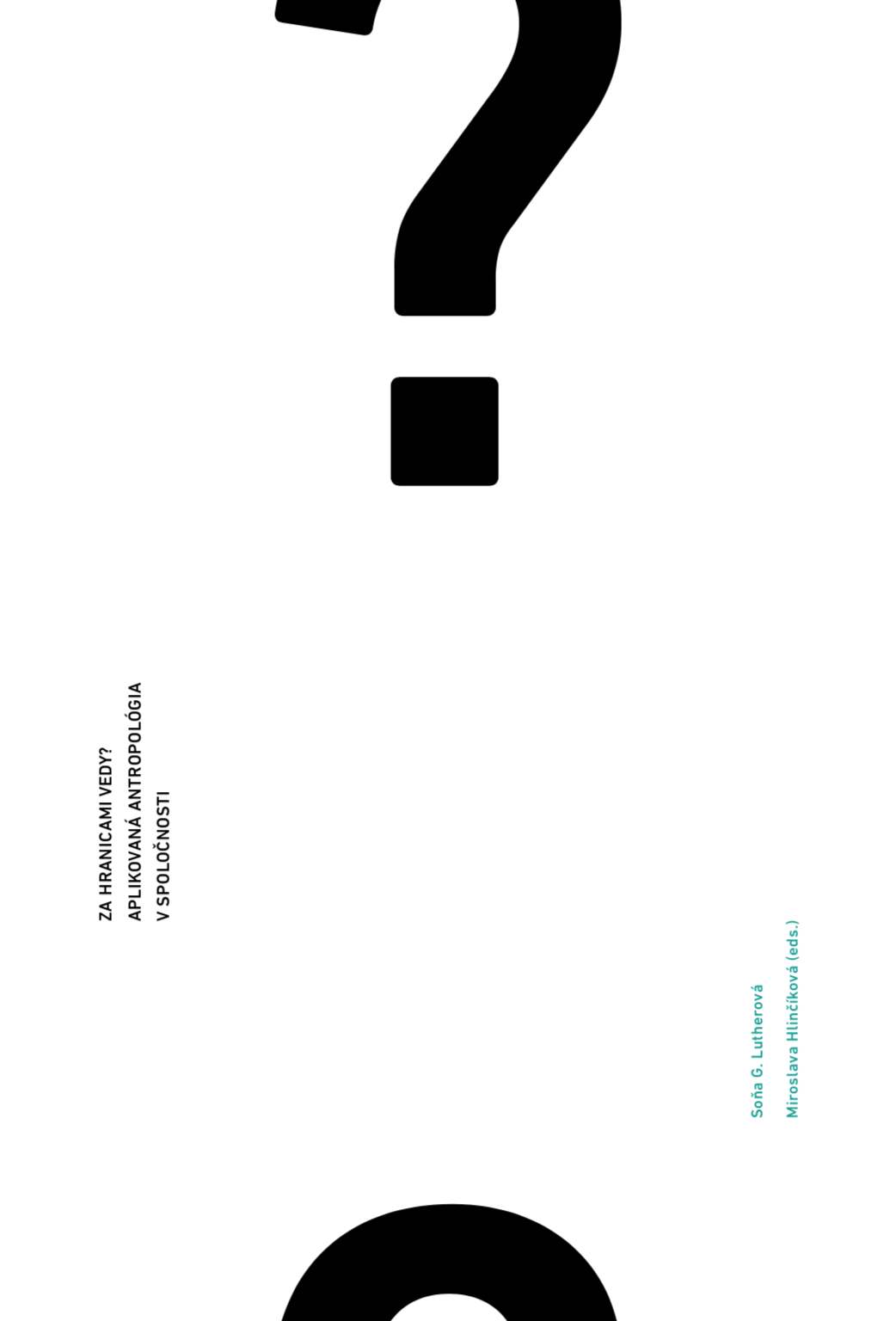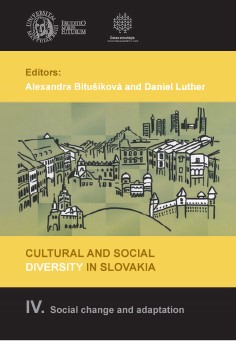Autorita symbolu
Author(s): Zora Vanovičová / Language(s): Slovak
Keywords: Czechoslovakia; Tomáš Garrigue Masaryk; Rastislav Štefánik; Jan Masaryk;
The formation of symbols is a characteristic feature of human thought; symbols become part of the inherited cultural equipment to not only identify common groups and individual values, ideas and ideals, but also to somehow stabilize and update them. Out of many outstanding personalities influencing the joint state of Czechs and Slovaks, the oral tradition selected some, on the basis of specific criteria of folklore traditions, which were also affected by their official presentation. The field investigation of the collective narratives shows that the main criteria for their selection were folk character of the personality, its moral credit and its status of victim. In 1989, after the fall of communist regime, one could again freely and openly talk, reminisce, investigate and publish topics associated with personalities that were tabooed and doubted for more than forty years. Folklore studies in Slovakia turned its attention to the older folklore material collected in the period of ideological relaxation in the years 1967 - 1969 and complete it with further actual research. The exploration of this topic brought to folklore studies opportunities to address some methodological problems. In the past, the research of oral tradition was concentrated mainly on particular personalities and characters from the distant past which were transformed by tradition into a legend with only few realistic elements (for instance national and folk hero Jánošík). The research of folklore reflection of the 20th century personalities has provided the challenge to track the creation of collective symbols and identities and the change of their perception during the time. The real historical personalities of modern political and social life of the 20th century, reflected in ideas of diverse groups of rural and urban populations, connect the historical experience with myths, cult, local folklore as well as the positive and negative influences of contemporary interpretations of history. The national and religious antipathy and affinity are also interconnected within the region or locality. These are connected to several historical periods and facts: the First World War, the struggle of our nation for the own state, the relationship between the nations in the early days of the state and in its further development, then the Slovak state, the World War II, partisan movement during the Slovak National Uprising, the communist regime, the occupation by Soviet troops, the normalization, and finally the post-communist period and the dissolution of Czecho-Slovakia. The author in the individual chapters addresses a picture of prominent historical figures connected with the formation and existence of the Czechoslovak Republic: Milan Rastislav Štefánik, the first president Tomáš Garrigue Masaryk (1850 - 1937) and his son Jan Masaryk, foreign minister in the Czechoslovak government after World War II in oral prosaic tradition. Based on the research material obtained in Brezová pod Bradlom, Košariská and its vicinity, the author in the study The image of a hero in Slovak prosaic folklore (“Obraz hrdinu v slovenskom prozaickom folklore”) states that folk narratives of general M.R. Štefánik’s personality is necessary to interpret within its complicated historical and political context, including also the periods before and after M.R. Štefánik’s life. Folk narratives are constantly maintaining the continuity of his image, pointing out his importance for the present and future and his spiritual potential for the national community. The range of official and folk manifestations about him varies from romantic and pathetically emotional perception through real-factual (often unilaterally positively celebratory) to negativistic political discrediting. This is one significant sign of M. R. Štefánik’s myth, which shows its exceptionality in Slovak folklore. The part The elements of bios in the contemporary Slovak folklore (“Prvky biosu v súčasnom slovenskom folklore”) is based on the scheme of basic and classical bios of the biblical story of Christ’s life, the life of a Byzantine saint, one of the oldest and most popular genres of Byzantine literature, which as a prototype of canon biography (T.V. Popovová also analyses the oldest biographies preserved in Slovakia − ‘The life of Constantine (Cyril)’ and ‘The life of Method’. The genre of bios is further developed in three ways: 1) to remember the stories of important people, 2) the celebration of a hero, 3) the moralistic and psychological role. The study of a folklore cycle about M. R. Štefánik with elements of bios, shows that it incorporates more real and specific issues from historical period and the events concerned, the closer the topic gets to the present (as well as stories from life), but at the same time keeps the classic elements of folklore genres and themes in the tradition. The part titled The theme of death as a myth-creating element in the folklore cycle about M. R. Štefánik (“Motív smrti ako mýtotvorný prvok vo folklórnom cykle o M. R. Štefánikovi”) suggests that the mysterious circumstances surrounding death in general encourage curiosity, conjecture and conditions for spreading different possibilities for its explanations. The political myth-creating process that becomes folklore, of which the Štefánik’s folklore cycle undoubtedly is a part, includes not only the various political illusions, substantiating political attitudes, but also the archetype fate of how M. R. Štefánik was violently and mysteriously killed in a plane crash on 4th May, 1919 at Vajnory (there were reported at least six different explanations of his death). Finally the author pays attention to the process of interpreting his life within the folk tradition and the national idea, which embodies the hero, and his transmission to immortality. The part M.R. Štefánik in the oral tradition in Slovakia (“M. R. Štefánik v ústnej tradícii na Slovensku”) suggests that images of different folk heroic types are developed through the whole cycle of episodes about their character, activities, life and relationship to the neighbourhood. Thus the concrete personality is taken as a model characterising a particular locality or region, and under certain circumstances can grow into a national hero. The reflection of the personality of M. R. Štefánik in the oral tradition, points to differences in the perspectives of several generations, not only with the concern of turning him into a myth, but also in connection to the different historical experiences of the generations and impact of different political regimes. On the one hand, there are still memories of direct eyewitnesses, contemporaries and peers of M. R. Štefánik, on the other, the narrative of subsequent generations are more affected by journalism, official evaluation, reaction to the often contradictory information and experiences, and then also the reactions of the youngest generation, ideas and knowledge of children. The folk hero across national border (“T. G. Masaryk in Slovakia I.”) is devoted to folklore cycles of important personalities of the common history of Slovaks and Czechs. There is a folklore cycle concerning the life of the first Czechoslovak president T. G. Masaryk and his family at the both sides of the mutual border. In Slovakia, especially in his holiday destination in Topoľčianky (where he used to spend the summer at the castle with his family, welcoming the visits of friends, politicians, artists and eminent personalities from abroad), and also in Bystrička near Martin. These regular summer visits with his family date back to 1887, when he was still a professor at the University of Prague. After he was elected President, he spent several summers in Bystrička in a villa that was built by his daughter Alica in 1931. Here the folklore topics are devoted to their villa in Bystrička that they called ‘manor house’, relationship of the president and his children Alica and Jan to the people of Bystrička and Martin, the fate of Bystrička’s ‘manor house’ confiscated in 1952 (which includes the current, contemporary relations to the Masaryk tradition), the image of the SlovakCzech relations at the local level and the confrontation of the two presidents, T. G. Masaryk and Václav Havel, and their relationship to Slovakia. The comparative probe into the folk repertoire with the topic of T.G. Masaryk’s personality in the territory of the Czech Republic (municipality Nedašov, Nedašovská Lhota district Valašské Klobouky) on the Slovak-Moravian border highlighted some common features, but also differences to the Slovak view. The part Genius loci – genius personae: Topoľčianky. T. G. Masaryk in Slovakia II. (“Genius loci – genius personae: Topoľčianky. T. G. Masaryk na Slovensku II.”) points to the village Topoľčianky, still known for its historical role in the first half of the 20th century, when, regularly, for several months a year it used to be not only the resting place of the president T. G. Masaryk, his family and government officials and other important domestic and foreign guests, but also a center of management of the Czechoslovak state. It was one of the few sites where, at the time, political and diplomatic influence was concentrated, where the elements of the myth-creating image of the first president were formed, from where stories about the President’s relationship to the ordinary people and his cult were spread by printed media. It was also a place where artistic photos of his private life and Čapek’s book of conversations with him originated. For the village it was a period when it became known as the “Masaryk’s Topoľčianky” and carried the torch of good relations between Czechs and Slovaks and a flag of a joined state in favourable or unfavourable conditions of its political perception. The image of Jan Masaryk in oral tradition (“Obraz Jana Masaryka v ústnom podaní”), by selecting certain motifs of his life mainly consists of three layers, which correspond to certain episodes of bios mode (his life): childhood, youth, relationships with people, character traits, wisdom, death and his legacy into the future. They are intertwined with the published facts, with the memories of individuals and their ancestors, as well as various rumoured news disseminated to clarify the unexplained circumstances of his death. In the part titled The 90th anniversary of the death of General Milan Rastislav Štefánik (“K 90. výročiu smrti generála Milana Rastislava Štefánika”) the author recalls the celebration of this anniversary in Slovakia organised by ‘The association of Czechs and Slovaks’ in Basel (DOMOV, “HOME”) and the Swiss branch of the Society of Arts Sciences (SVU) on the grounds of the Slavonic seminary at University of Basel in June 2009. Here, the results of folkloristic research concerning the personality of M.R. Štefánik were presented. The relationship to the symbols in some way reflects the history of a nation or state and facilitates the continuity of the present with the past pointing at the same time to the future. These values and symbols have a strong authority even today, which confronts the disintegration of values and moral crisis in society, as well as the search for common pathways in the European history of two nations, the Czechs and the Slovaks.
More...
